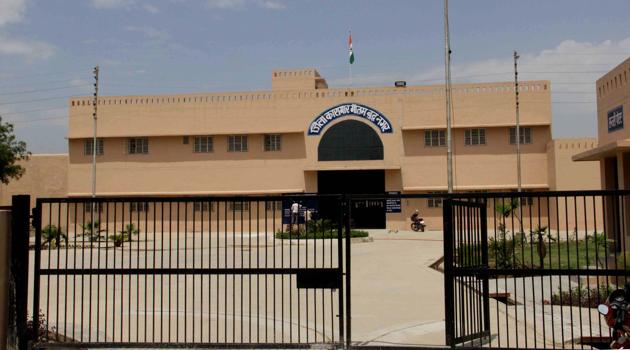Analysis| India’s prison system needs urgent reform
The 2018 statistics on prison must spur the criminal justice system to assess, evaluate and take affirmative steps
Earlier this month, the ministry of home affairs released the Prison Statistics India (PSI) 2018 report. The report revealed that 1,845 inmates died in custody in 2018, the highest in Indian prisons in the last 20 years. Since 2000, the prisoner population across the world went up by 20%, but in India, that number was a staggering 71%. Additionally, since 2000, the rate of increase in the number of women prisoners (111.7%) was twice than that of the world rate.

The primary reason was the increase in the number of undertrials. In 2018, the proportion of undertrial prisoners in India was almost 70% of the total number of those imprisoned — their number during the last decade increased by 25.4%. The duration of trials also appears to be going up. The share of undertrails confined for more than three years has increased by 140% since 2000. But those confined for less than one year has decreased by 7.54%. This increasing period of incarceration is likely borne by mostly innocent people.
The rise is prison population leads to deplorable prison conditions, resulting in human rights violations. These stand in contravention of the United Nations Standard Minimum Rules for the Treatment of Prisoner (Nelson Mandela Rules) 2015, which calls upon governments to ensure that “the prison regime should seek to minimize any differences between prison life and life at liberty that tend to lessen the responsibility of the prisoners or the respect due to their dignity as human beings.”
In 2018, the average occupancy rate of prisons was 117.6%. However, these numbers vary across states and types of prisons. For instance, in Nagaland, the occupancy rate is 30.5%, while in Uttar Pradesh (UP) it is 176.5%. Similarly, while the occupancy of district jails was highest (132.8%), it was 58% for women jails.
The living conditions in prisons for vulnerable groups are even worse. In 2018, there were 19,242 women prisoners, 5,168 foreign national prisoners (excluding those confined in detention centres) and 6,623 suffering from mental illness. The information on other vulnerable groups — transgender prisoners and person with disability— is missing too.
The prison administration is also overburdened with a 30% staff shortage. The inmate-to-staff ratio is 7:1, which itself might be inaccurate as a large number of staff might be tasked with work that is not directly related to prisoners. The inmate-to-correctional staff ratio stands at 756:1, and the correctional staff which include welfare, law and probation officers is completely absent in 14 states and union territories.
The inmate to medical staff ratio remains at 243:1. This shortfall, with the lack of effective health care, might also be a major reason behind the high number of custodial deaths in 2018. Data on prison deaths over the last few years indicate that deaths in prisons are increasing at a higher rate than the increase in the population of prison. The 2018 statistics must spur the criminal justice system to assess, evaluate and take affirmative steps to check this. It is an indication that the safeguards that our constitutional and statutory legislative framework has sought to set in place to prevent unnecessary and prolonged detention of persons have failed.
Constructive measures must be taken to address this.






